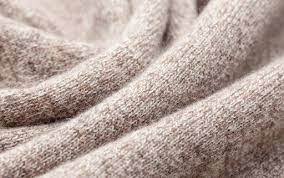As a knitter, understanding colour theory can elevate your projects from ordinary to extraordinary as colour plays an important role in creating visually appealing and harmonious designs. So, whether you’re working on a cosy sweater, a vibrant scarf or an intricate Fair Isle pattern, mastering the principles of colour theory will unlock a world of possibilities.
The Basics of Colour Theory
Colour theory revolves around the colour wheel, first explored by Sir Issac Newton in 1672. It consists of primary, secondary and tertiary colours.
Primary colours (red, blue, and yellow) are the building blocks, while secondary colours (green, purple, and orange) are created by mixing two primary colours. Tertiary colours are achieved by combining a primary and a secondary colour. Understanding the relationships between colours on the wheel is key to creating harmonious combinations.
Colour Schemes for Knitting Projects
Complementary Colours: These colours sit opposite each other on the colour wheel, such as red and green or blue and orange. When used together, they create a striking contrast. A knitting kit can be a great way to start learning about which colours work well together. There are plenty of knitting kit projects and starter packs available online.
Analogous Colours: These colours are adjacent to each other on the colour wheel, like blue, blue-green and green. Analogous colour schemes create a sense of cohesion and harmony, making them ideal for projects like jumpers or cardigans.
Triadic Colours: Triadic colour schemes, derived from three colours equidistant on the colour wheel, like red, blue and yellow, can add visual interest and balance to intricate patterns or colourwork designs.
By understanding the basics of colour theory and exploring different colour schemes, you’ll be able to create knitting projects that not only showcase your skills but also reflect your style.





